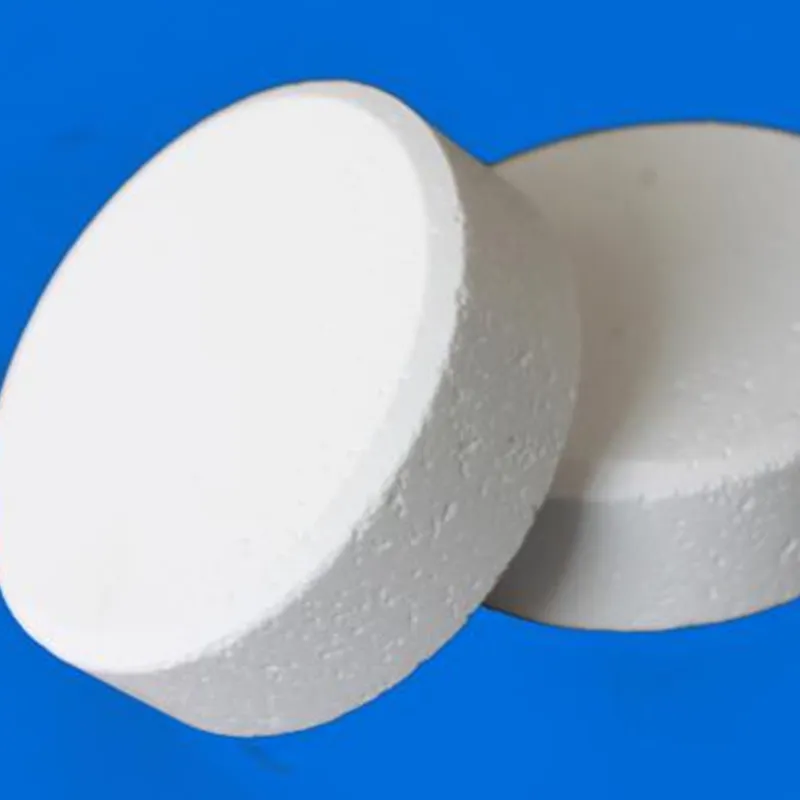
Understanding the Role of Sweeteners in Our Food Choices and Health
Sweeteners in Food A Comprehensive Overview
In today’s food landscape, sweeteners play a significant role in the formulation and appeal of a variety of products. With an increasing health-conscious population, there has been a marked shift in the use of sweeteners ranging from traditional sugar to artificial and natural alternatives. This article explores the different types of sweeteners found in food, their applications, and the ongoing debates surrounding their consumption.
Sweeteners in Food A Comprehensive Overview
Artificial sweeteners, such as aspartame, saccharin, and sucralose, are synthetic compounds that are significantly sweeter than sugar but contain few or no calories. Their intense sweetness allows manufacturers to use them in smaller quantities, making them attractive for diet-conscious consumers. Despite their appeal, there have been ongoing debates about the safety of artificial sweeteners, with some studies suggesting potential links to negative health impacts. However, regulatory agencies like the FDA have deemed these sweeteners safe for general consumption within established daily limits.
sweeteners in food

Natural sweeteners, such as stevia and monk fruit extract, have gained traction as healthier alternatives to artificial variants. Derived from plant sources, these sweeteners provide a sweet taste without the added calories often associated with sugar. Many consumers gravitate towards natural sweeteners under the impression that they are “cleaner” or more wholesome options. Stevia, for example, has seen a significant rise in use in beverages and foods labeled as “natural.”
Sugar alcohols, including xylitol and erythritol, offer another alternative, providing sweetness with lower calories than sugar and a reduced glycemic impact. They are commonly used in sugar-free gums and candies. While they can be beneficial for maintaining sweetness without the caloric punch of sugar, excessive consumption of sugar alcohols can lead to gastrointestinal discomfort.
The rise of sweeteners has also influenced food labeling and marketing strategies. Many products now prominently feature “sugar-free” or “contains no added sugars” labels, appealing to consumers who are actively seeking healthier options. However, this can sometimes be misleading, as products can still contain other forms of added sweeteners.
In summary, the landscape of sweeteners in food continues to evolve. Whether consumers choose traditional sugars or explore low-calorie alternatives, understanding the types and implications of different sweeteners is essential. As further research emerges, the conversation around sweeteners will likely continue to develop, shaping the future of our food choices.
-
Nitrile Rubber Honoring Strict Production StandardsNewsAug.22,2025
-
Aspartame Ingredients Honoring Food Safety ValuesNewsAug.22,2025
-
Fertilizer for Balanced Plant NutritionNewsAug.22,2025
-
Cyanide Gold Processing with High Purity AdditivesNewsAug.22,2025
-
Formic Acid in Textile Dyeing ApplicationsNewsAug.22,2025
-
Aluminum Hydroxide Gel in Skincare ProductsNewsAug.22,2025
-
Regulatory Compliance for Global Mining Chemicals UseNewsAug.12,2025
Hebei Tenger Chemical Technology Co., Ltd. focuses on the chemical industry and is committed to the export service of chemical raw materials.
-

view more DiethanolisopropanolamineIn the ever-growing field of chemical solutions, diethanolisopropanolamine (DEIPA) stands out as a versatile and important compound. Due to its unique chemical structure and properties, DEIPA is of interest to various industries including construction, personal care, and agriculture. -

view more TriisopropanolamineTriisopropanolamine (TIPA) alkanol amine substance, is a kind of alcohol amine compound with amino and alcohol hydroxyl, and because of its molecules contains both amino and hydroxyl. -

view more Tetramethyl Thiuram DisulfideTetramethyl thiuram disulfide, also known as TMTD, is a white to light-yellow powder with a distinct sulfur-like odor. It is soluble in organic solvents such as benzene, acetone, and ethyl acetate, making it highly versatile for use in different formulations. TMTD is known for its excellent vulcanization acceleration properties, which makes it a key ingredient in the production of rubber products. Additionally, it acts as an effective fungicide and bactericide, making it valuable in agricultural applications. Its high purity and stability ensure consistent performance, making it a preferred choice for manufacturers across various industries.





